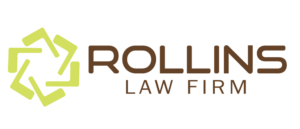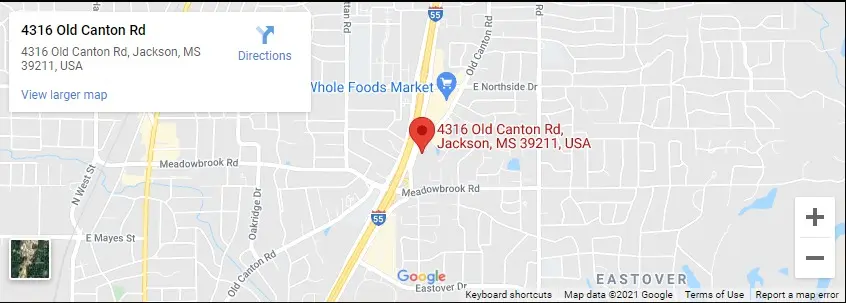When a person is seeking a solution to a debt problem, there are many different things that have the potential to be very impactful.
One is how much of their debt load is secured debt. Generally, debt that is secured by a court order or collateral is secured debt. Some examples of debts that are generally secured debt are auto loans and mortgage loans. Some examples of debts that are typically unsecured (not secured by a court order or collateral) are credits card debt and medical debt.
Why does whether the various debts in a person’s debt load are secured debts or unsecured debts matter from a debt relief perceptive? It matters because whether a debt is secured or unsecured can have impacts on the kinds of issues and concerns that can arise in connection to the debt when it comes to the different types of debt relief options, such as bankruptcy.
Another thing that can be impactful from a debt relief perspective when it comes to a person’s debt load is how much priority debt is in their debt load. Priority debt is debt that generally cannot be discharged in a bankruptcy. Student loan debt and child support debt are a couple of common examples of priority debt.
How much priority debt a person undergoing debt struggles has can impact things such as whether bankruptcy is a feasible option for them and what type of bankruptcy would be able to best help them.
Our firm understands how important getting clear and informative answers to debt relief and bankruptcy questions can be to a person when they are trying to decide what avenue to take in relation to a debt problem. We work hard to help our debt relief clients with the various different bankruptcy and debt questions they have, including questions regarding debt types and their potential impacts on debt relief options.





Connect with Us